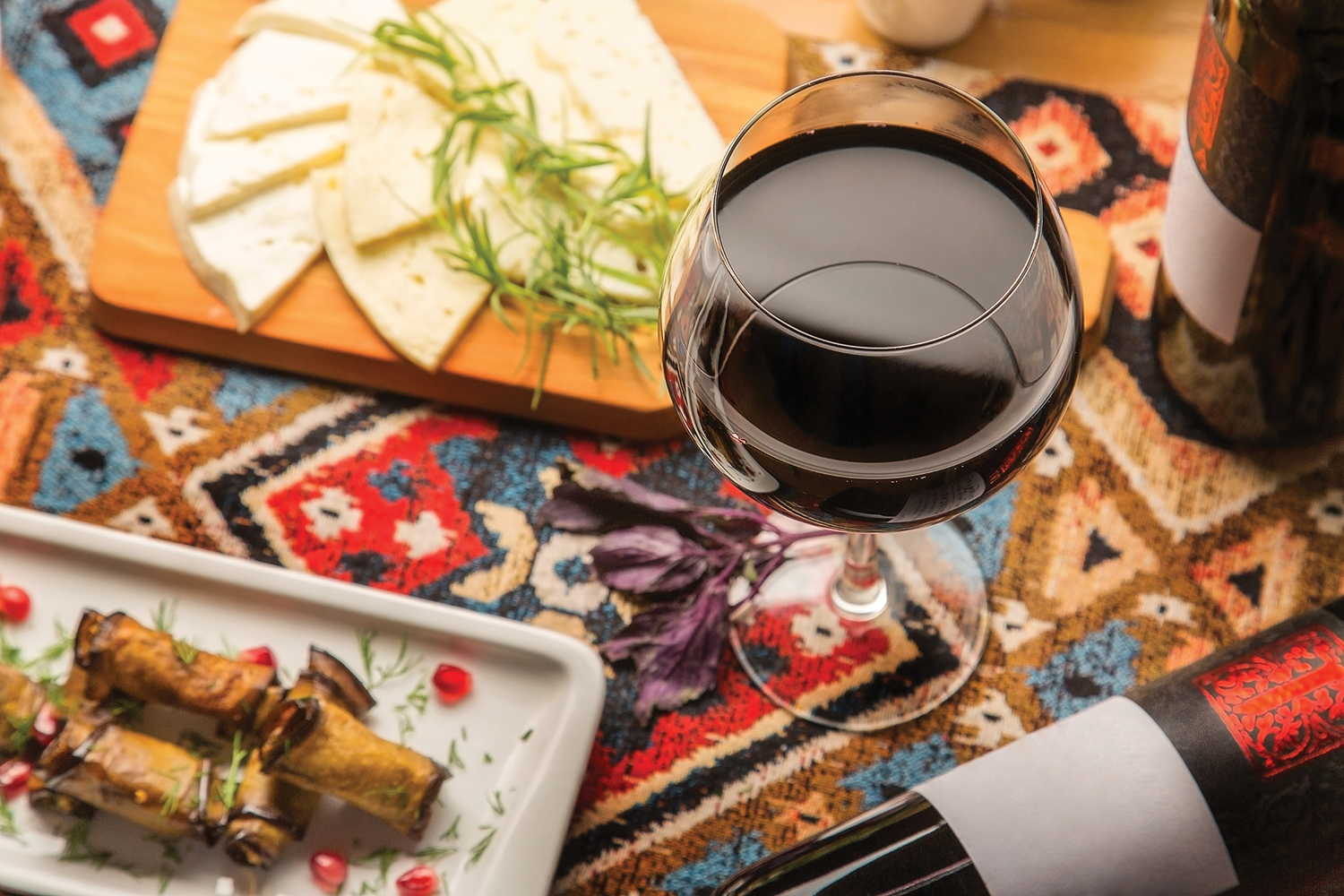In an alternate reality, Shaun Hicks would be headed to the country of Georgia this year to experience one of the world’s most ancient wine regions firsthand.
Obviously, the pandemic has sidelined those travel plans. Instead, the executive chef of La Petite Iza and Eleanor & Laurent can only visit in his imagination, perhaps while cracking a bottle of Georgian wine.
“Georgia has been a sleeper place for so long in our wine world, so the value you get from these wines is incredible,” Hicks says. “They are very high-quality but, because of the lack of recognition, you won’t find the same prices as wine from places like France. Georgian wine could be 10 years old and still cost $22, which is crazy when you compare that to buying a 10-year-old wine from anywhere else in the world.”
Georgia is the cradle of wine: Winemaking originated there over 8,000 years ago. During the Soviet era, Georgia produced a lot of “factory wine” that was pumped out in large volumes for export around the former Soviet Union. Since the fall of the Soviet Union, Georgians have largely returned to their traditional winemaking processes and practices, including a resurgence in the popularity of kvevri/qvevri — large terracotta pots in which Georgians have traditionally made wine for millennia. Qvevri winemaking was registered in 2013 under UNESCO’s Representative List of the Intangible Cultural Heritage of Humanity.
Aside from its great value and curiosity factor, Georgia’s rich winemaking history is another reason to try its wines. “It’s a direct link to what wine was like when it was originally made, which you can’t find anywhere else,” says Margaux Burgess, wine and marketing director for City Cellars.
Unfortunately, there aren’t many Georgian wines in Alberta — only a couple dozen from half a dozen producers. Burgess has listed a few at City Cellars. You can also find one or two at Color de Vino and Bin 104.
The majority of Georgian red wines are sweet or semi-sweet, which may seem peculiar to North American palates. Even the dry Georgian wines have flavour profiles that are unusual compared to conventional wine from the main wine-producing countries.
